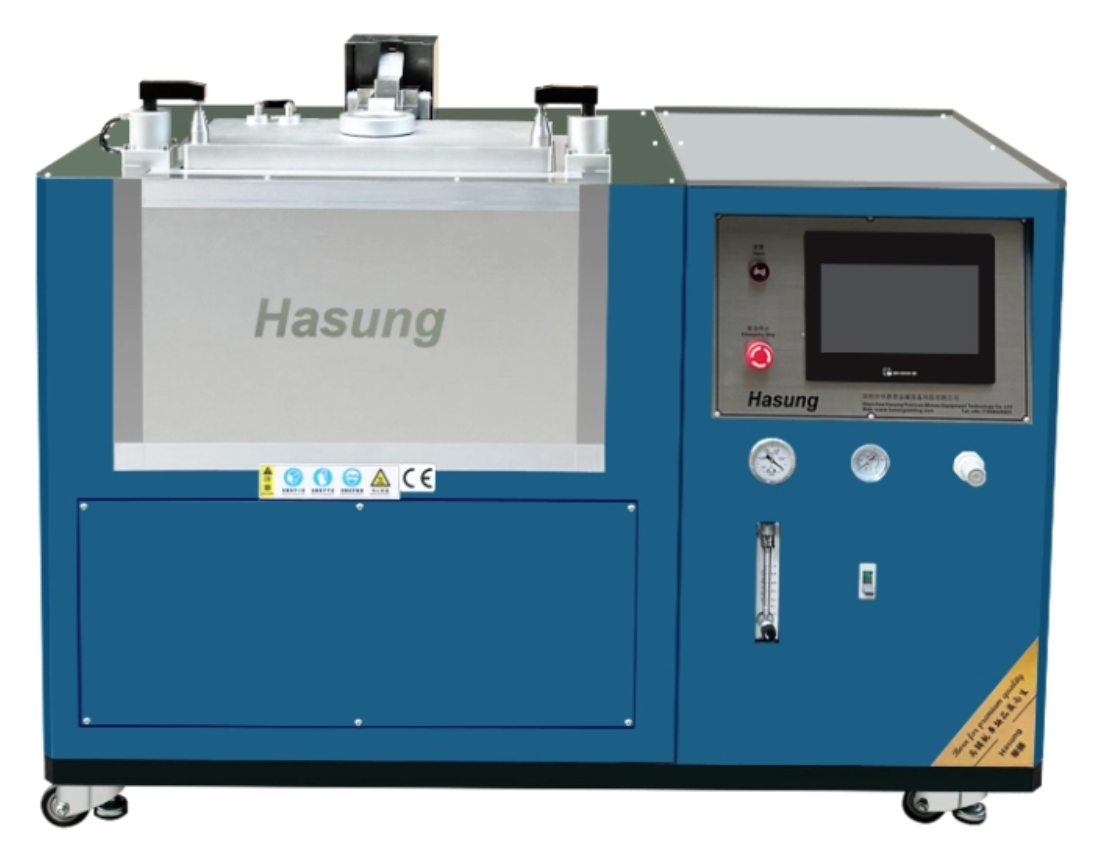In the world of metal processing and manufacturing, perfect surfaces on cast products are crucial. Whether you’re in the aerospace, automotive, or jewelry industry, the quality of your end product can greatly impact your reputation and profits. One of the most effective ways to achieve a perfect mirror finish is to use a vacuum ingot casting machine. In this blog, we’ll explore how these machines work, their benefits, and tips for achieving that coveted mirror finish.
Learn about vacuum ingot casting
Vacuum ingot casting is a special process that melts metal in a vacuum environment to prevent oxidation and contamination. This method is particularly beneficial for high-purity metals and alloys because it minimizes the presence of impurities that can affect the quality of the final product. The process begins with the selection of raw materials, which are then melted in a vacuum chamber. Once the metal reaches the desired temperature, it is poured into molds to form ingots.
The vacuum environment plays a vital role in the casting process. By removing air and other gases, a vacuum helps eliminate defects, such as pores and inclusions, that can harm the surface finish of the final product. This is where the journey to achieve the perfect mirror effect begins.
Functions of vacuum ingot casting machine
Vacuum ingot casting machines are designed to automate and optimize the casting process. These machines are equipped with advanced features that increase precision and control, making them ideal for producing high-quality ingots. Key components of these machines include:
Vacuum Chamber: This is where metal is melted and poured. The vacuum chamber ensures that the environment is free from contamination.
Induction Heating System: This system provides uniform heating for consistent melting of metal. Induction heating is highly efficient, reducing the risk of overheating and avoiding oxidation caused by overheating.
Mold System: Mold is crucial for ingot forming. High-quality molds made from high-temperature-resistant materials are critical to achieving a smooth surface finish.
Cooling System: After pouring, the ingot must be cooled at a controlled rate to prevent warping and ensure a uniform structure.
Control Panel: Modern vacuum ingot casting machines come with user-friendly control panels that allow the operator to monitor and adjust parameters such as temperature, pressure, and pouring speed.
Benefits of using vacuum ingot casting machine
High Purity: The vacuum environment significantly reduces the risk of contamination, resulting in the production of high purity ingots that are critical to industries that require strict quality standards.
Defect Reduction: Eliminating air and gas during the casting process minimizes defects, such as porosity, that can compromise the integrity of the final product.
Enhanced Surface Finish: A controlled environment and precise pouring techniques help achieve a smoother surface finish, making it easier to achieve a mirrored appearance.
Versatility: Vacuum ingot casting machines can be used on a variety of metals and alloys, making them suitable for different applications.
Cost Effectiveness: While the initial investment in a vacuum ingot casting machine may be higher than traditional methods, the long-term benefits of reduced defects and improved quality can result in significant cost savings.
Tips for achieving the perfect mirror effect
Achieving a perfect mirror finish requires attention to detail and a thorough understanding of the casting process. Here are some tips to help you achieve your goals:
Choose the Right Material: The type of metal or alloy you choose can significantly affect the final finish. High-purity metals are more likely to produce smooth surfaces.
Optimize the melting process: Ensure metal melts evenly at the correct temperature. Overheating can lead to oxidation, while underheating can lead to incomplete melting.
Use High Quality Molds: Invest in molds that are designed for high temperature applications and have smooth surfaces. This will help transfer the smoothness to the spindle.
Control cooling rate: Rapid cooling can cause surface defects. A controlled cooling process is implemented to allow the metal to solidify evenly.
Post-Casting Treatment: After casting, consider additional treatments such as polishing or surface finishing techniques to improve the mirror quality of the ingot.
Regular Maintenance: Keep your vacuum ingot casting machine in top condition. Regular maintenance ensures that all components function optimally and reduces the risk of defects.
In summary
Vacuum ingot casting machines are revolutionizing the way we cast metal, especially when it comes to achieving a perfect mirror finish. By understanding the intricacies of the casting process and implementing best practices, manufacturers can produce high-quality ingots that meet the needs of various industries. Whether you are a seasoned professional or just getting into the field, investing in a vacuum ingot casting machine is the key to improving production quality and achieving the perfect finish that sets your products apart.
Post time: Oct-29-2024












